Studies that endeavor to estimate the values of a particular fishery aren't rare. They form the basis for a number of planning and policy decisions, many of which pit conservation against development. And these studies often produce big numbers, as they calculate the cumulative values of immense commercial fishing operations, sport fishing and tourism, and more. When numbers for these diverse fisheries reach into the hundreds of millions or even billions, as was the case with the recent results of a study on the value of Bristol Bay, Alaska's fishery, most people aren't overly shocked. However, when a virtually purely recreational fishery like that of the Florida Keys bonefish, tarpon and permit flats is deemed to be worth over $400 million each year, it serves to turn some heads.
According to the study, which was commissioned by the Bonefish and Tarpon Trust, the recreational sport fishery that surrounds the bonefish, tarpon and permit of the Florida Keys generates an estimated $427 million annually. The study considered the multiplier effects of angler expenditures, the wages and salaries generated by angler spending, the jobs created, and the federal and state taxes resulting from flats fishing expenditures. Data was collected through surveys of licensed resident and non-resident anglers and flats fishing guides.



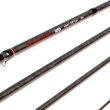







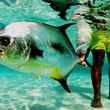



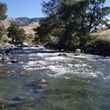
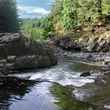




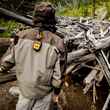



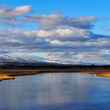
![Instructors John Juracek [left] and Brant Oswald [right] from The School of Trout (photo: Tim Romano). school of trout instructors john juracek brant oswald](https://www.hatchmag.com/sites/default/files/styles/gallery_thumbnail/public/field/image/romano-0024.jpg?itok=X_had7Jf)



